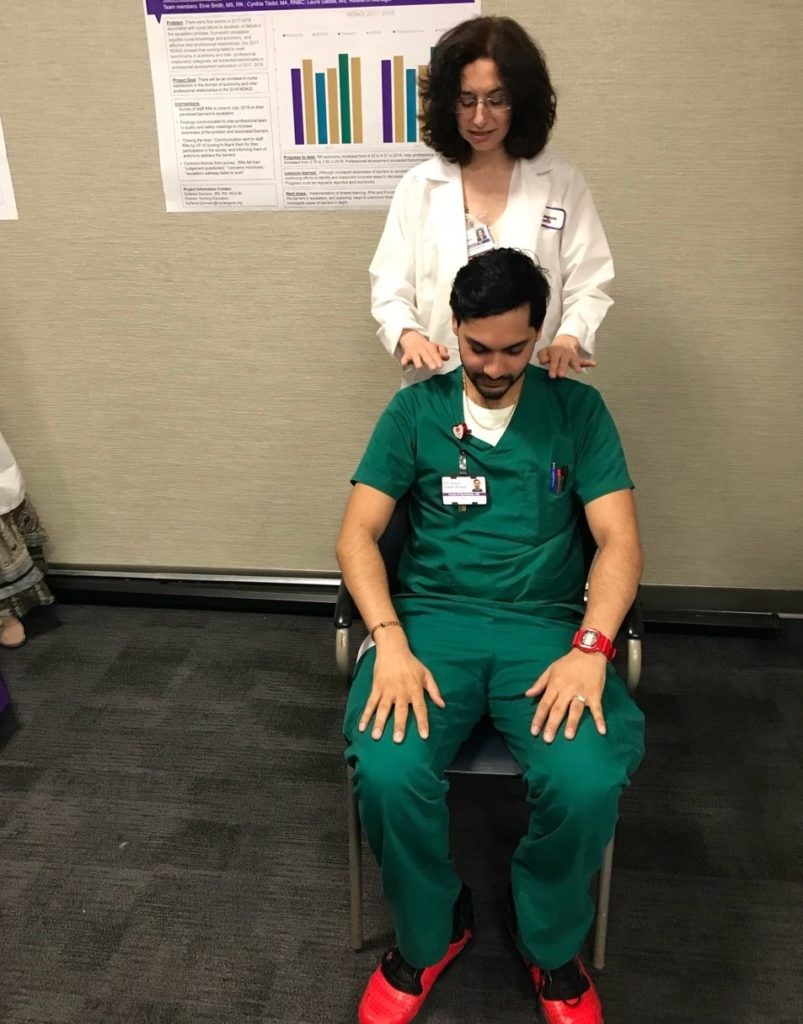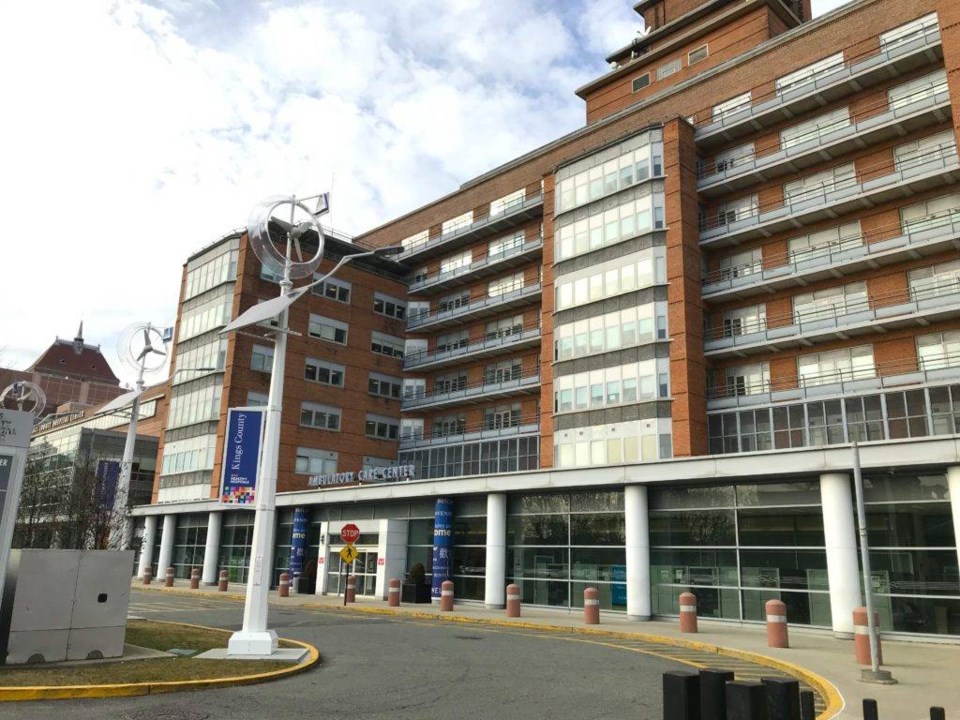Widespread hospital staff burnout and other damaging conditions threaten patient care at the cityâs public hospitals.
That was the message more than a dozen physician residents in the New York City Health + Hospitals network delivered to City Council members at a Sept. 24 Committee on Hospitals hearing. They urged lawmakers to intervene.
âHaving to deal with that constant fight for more resources for our patients, for better and just care, leads to a moral injury that eventually compounds these feelings of burnout that we canât do anything more,â Dr. Hannah Marshall, a Kings County Hospital resident physician, testified at the hearing, according to The New York Daily News.
The central Brooklyn physician added: âWe are constantly fighting for our patients against this avalanche of failure, and it leads to this general disillusionment and compounds the burnout.â
Long-term stress leads to exhaustion, cynicism
Burnout in the hospital setting was first described in 1974 by clinical psychologist Herbert Freudenberger, a volunteer at a free clinic in the East Village, according to the National Institutes of Health (NIH).
Generally, burnout is âa combination of exhaustion, cynicism and perceived inefficacy resulting from long-term job stress.â Its symptoms include malaise, fatigue and frustration.
NIH reported in 2018 that burnout was rampant across the American health care system. More than 50% of doctors and 33% of nurses experienced symptoms. At that time, the agency described burnout as an âepidemicâ that is âdetrimental to patient careâ and warned that it could worsen staffing shortages.
By nearly all accounts, the COVID-19 pandemic intensified burnout. Scores of frontline health care workers struggled with depression and post-traumatic stress, The New York Times reported in July when cases surged once again in some regions.
At the start of the pandemic, there was a heightened sense of anxiety about unknown factors of the disease, and it became difficult for hospital health care staff to shut off their stress level, Marci Resnicoff, a clinical nurse coordinator at NYU Langone Hospitalâ"Brooklyn, told BK Reader.
Time needed for self care
Resnicoff works in the hospitalâs Integrative Health Lerner Health Promotions Program, which helps patients and staff to promote their own wellbeing and reduce stress and burnout through a range of wellness and resiliency practices.
The team blends conventional Western health care practices with Eastern medicine philosophies and tools, including mindfulness, meditation and forms of energy medicine such as Reiki.

âBurnout comes from the fact that nurses and other health care workers strive to take care of others before they take care of themselves,â Resnicoff said. âWhen you do that, after a while, your cup becomes completely empty.â
The team reminds staff members to set time aside for self-care.
âI think the instinct is to say I'll just do this one more thing, or there might be an emergency that comes up. And after a while, you suddenly realize, oh, I've worked 12 hours and I forgot to eat today because one more patient needed my help,â she added.
Pause, presence, proceed
One of the tools the team uses is a mindfulness technique called the three Ps: pause, presence and proceed.
Pause regularly for a few moments of quiet to check in with yourself, and then ask your body how it feels. Wait and listen to what it says to you, Resnicoff said.
For example, if your body says itâs thirsty, you would then proceed to make a pact with yourself to drink four extra cups of water during the day.
Another tool is to take time each day to express gratitude. Resnicoff suggested a daily âgratitude rant,â a continuous two minutes of verbalizing everything that youâre grateful for, from being alive to see another day to small things that are often taken for granted.
âDoing that every day increases the level of positivity in how we look at the world in a fully present manner,â she explained.




